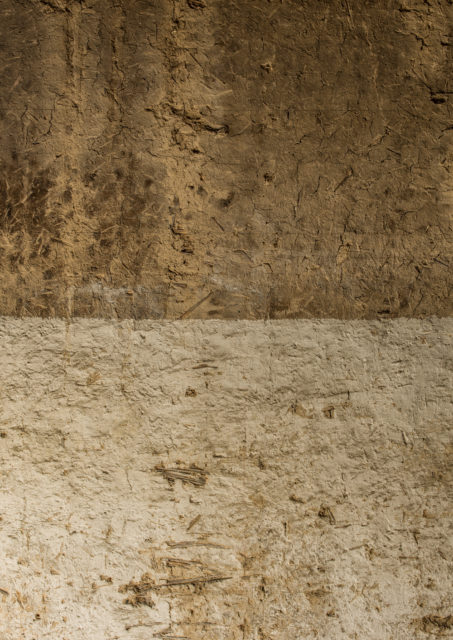EARTH WALL
土 壁
<EARTH WALL に関して>
EARTH WALL は アトリエの玄関におおよそ130年前から鎮座している土壁からインスピレーションを受けています。
玄関をリノベーションしようとしたところ、もともと貼り付けられていた合板の下から地壁が現れ、その色や素材の肌感がもつなんとも言えない佇まいに惹かれて露出したままにしておくことにしました。
The inspiration for EARTH WALL comes from the mud wall at the entrance of our workshop built over 130 years ago.
When we renovated the entrance, plywood was removed, revealing a base wall underneath. Fascinated by its indescribably attractive color and texture, it was decided to keep the base wall as was.
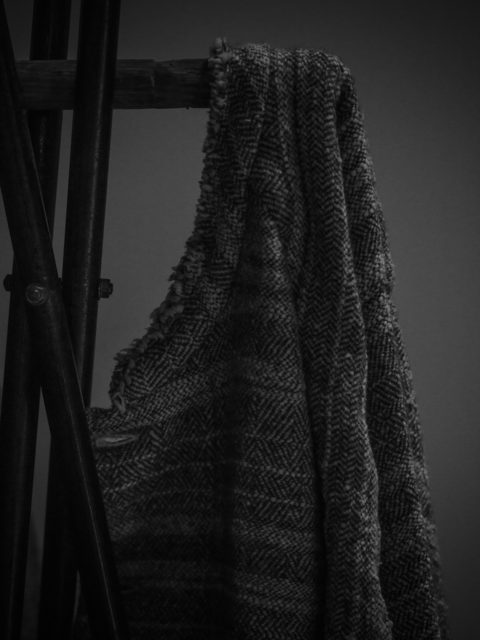
SenkohSuiuでは、このような生活の中にあるハッとした出会いや美しさを視覚と触覚で表現し、工藝的な美術要素を取り入れる事でマテリアルとして具現化します。

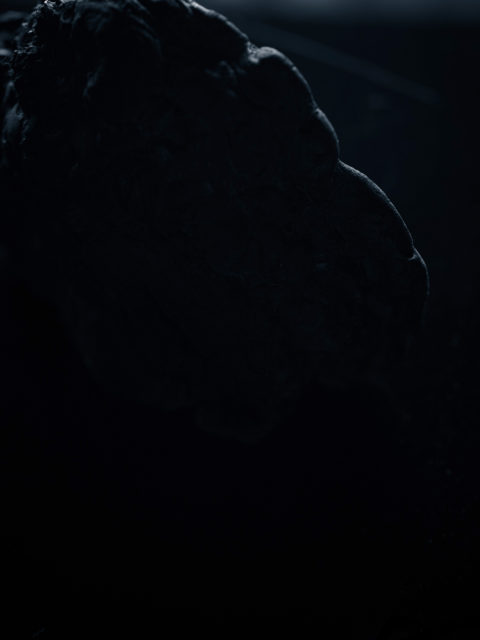
生地織りは工業的な領域ではあるのですが、手工芸に近い偶然性や通常量産の機械では出来ない再現性の低いこと、安定しない要素を前向きに、根気強く取り入れる為に、試織機(ししょくき)と呼ばれる、開発用のみに使われる織機を使いました。
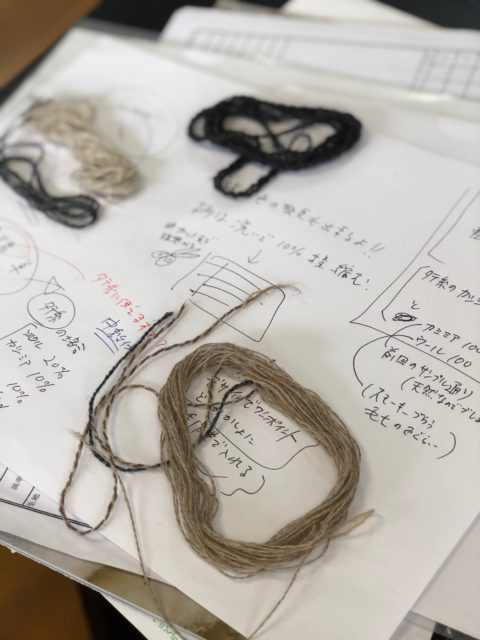
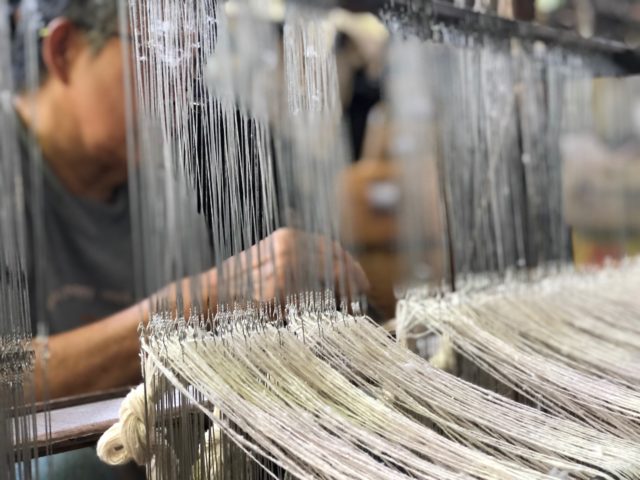
土壁の地層断面の色の移り変わりをイレギュラーな横縞で表しており、一度織ると柄を構成する為に必要なパンチング紙が耐久性の関係で使えなくなる為、何度も柄に合わせてその作業を繰り返します。
Cottle expressed the different color formations of the earth wall with irregular horizontal stripes. The punching paper used for making a pattern cannot be reused after one weaving because of its low durability; therefore, the operation is repeated again and again according to the pattern.

土壁はその名の通りその土地の土を主な材料としていますが、土を発酵させて壁に膨らみを持たせる為に藁や基礎の強度と耐久性を持たせる為に竹を使用したり、場合によっては砂や鉄粉を混ぜることで営みに最適化したものとして用いられてきました。
When making earth walls, straw is used to ferment the earth, which adds bulges, and bamboo is used to increase the strength and durability of the foundation. In some cases, sand and iron powder are added to make them best suited to individual lifestyles.

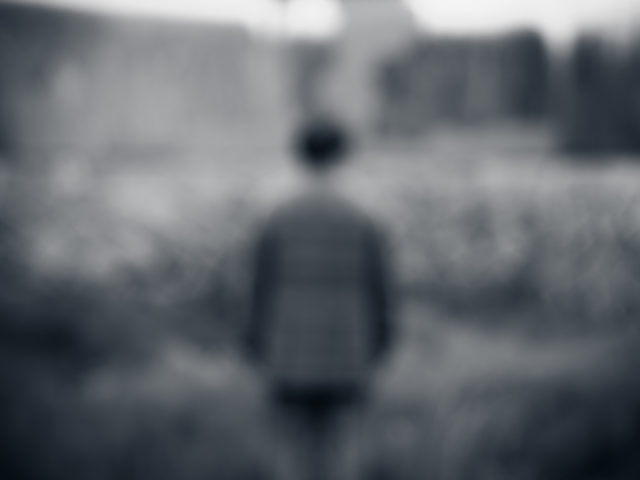
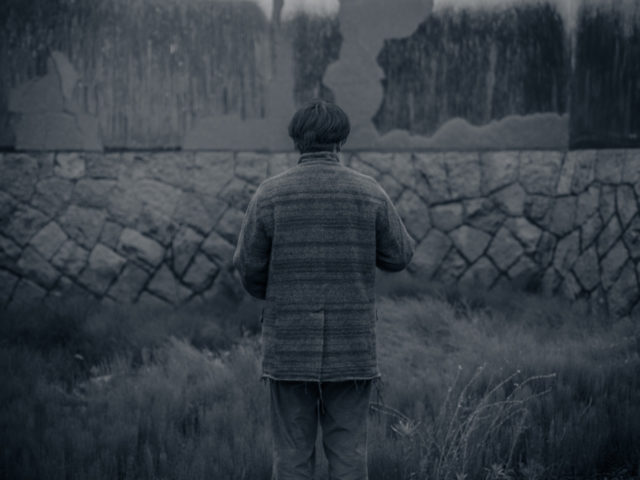
調湿、断熱、防火、脱臭機能があり、夏は涼しく、冬は優しい温かさを持続しやすい特徴があり、様々な季節が訪れる日本で最も快適に過ごせる壁として古来より重宝されてきました。
These walls maintain gentle warmth in winter and coolness in summer, providing outstanding functions such as humidity control, insulation, fire-resistance and deodorization, and they have been used from olden days as most appropriate for the Japanese environment having distinctive seasons.

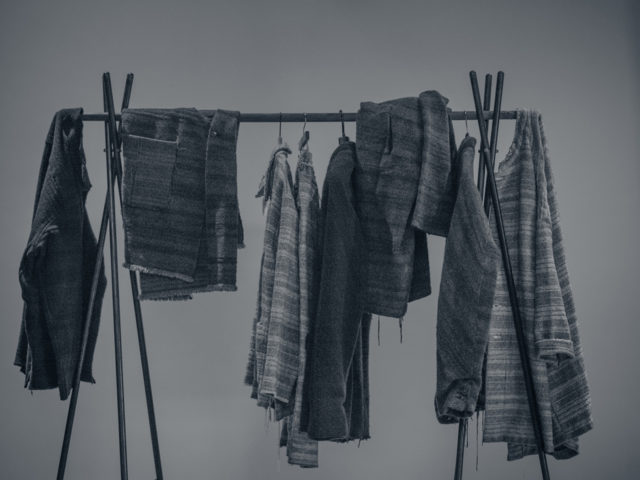
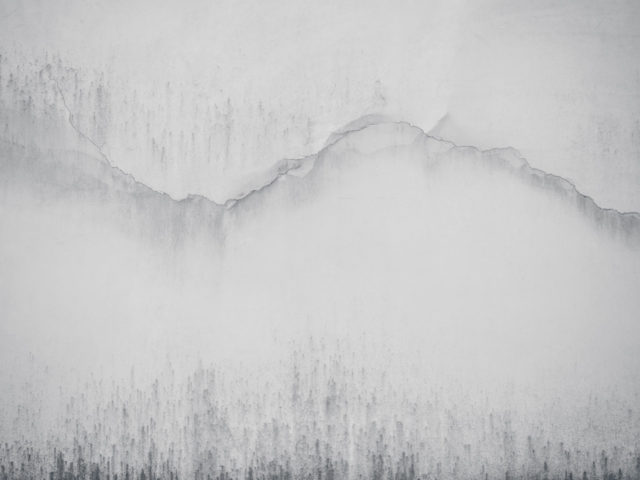
自然の素材だけで日本の四季に合わせて対応出来るように考えて作られた土壁は、日本のどの場所からも材料の産出が可能であったはずです。
これらの知恵を生地の素材配合や配色に活かしています。
Earth walls were made with natural materials suited for the four seasons of Japan, and such materials must have been produced everywhere in Japan.
The wisdom used in making earth walls is also applied in the material composition and color scheme of SenkohSuiu.
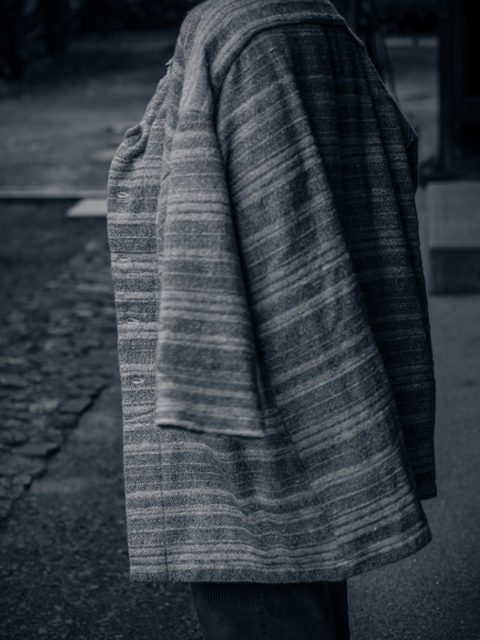
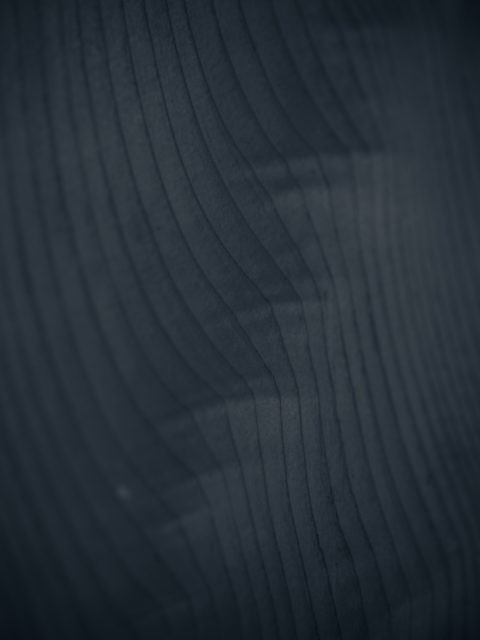

獣毛色のままの無垢なカシミアとウールは保温性と通気性をもたらし、それらを一本の糸に拠る事で耐久性も持たせています。
Cashmere and wool preserving the color of the animal provide warmth and breathability, and weaving them into a single yarn gives the material durability
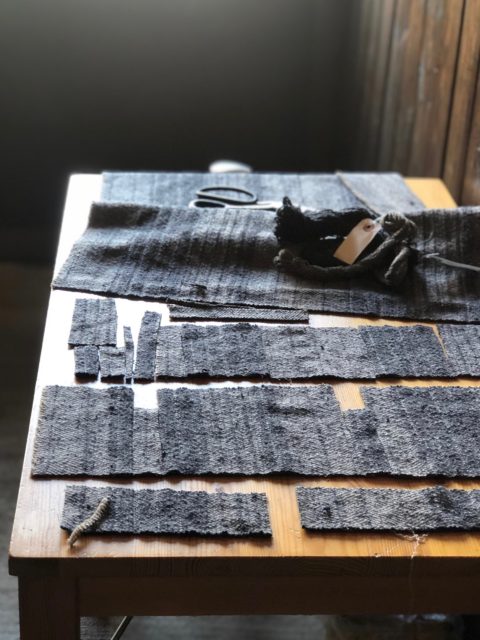
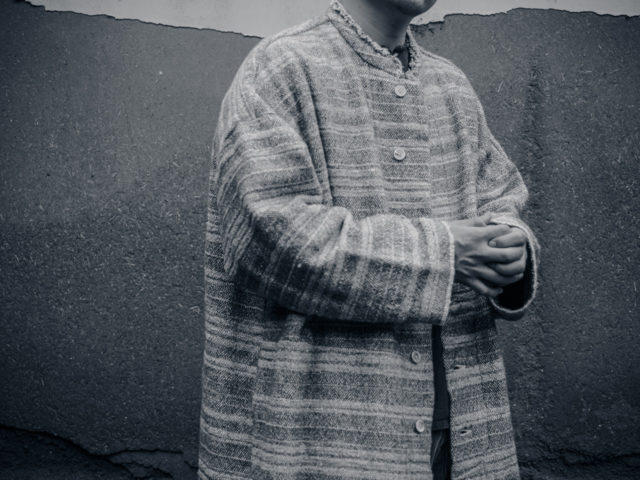
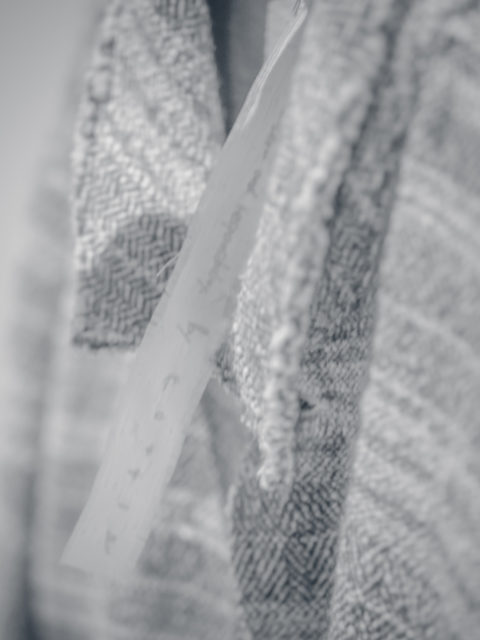
コヨリながら糸にする事で不規則な糸線の強弱が生まれますし、ガラ紡の綿毛素材は保湿性にも優れています。
Twisting to make the yarn produces an irregular contrast in its appearance, and the Garabo cotton material exhibits outstanding moisture retention.


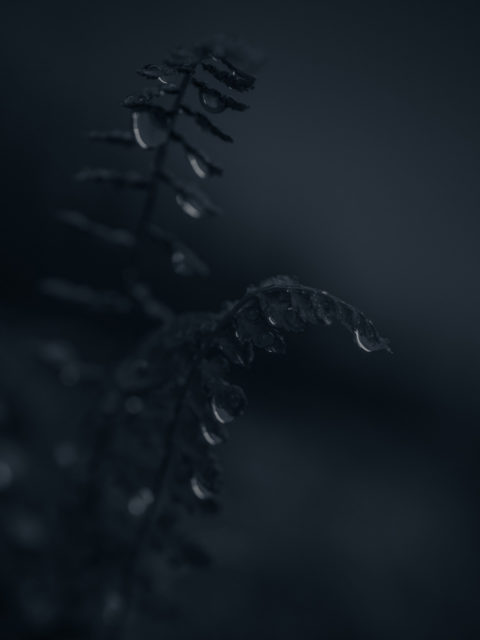
豊かな表情をそのままに、土壁色と漆喰色の自然色素を再現する為に、担子菌類のサルノコシカケから色調合わせを行いました。
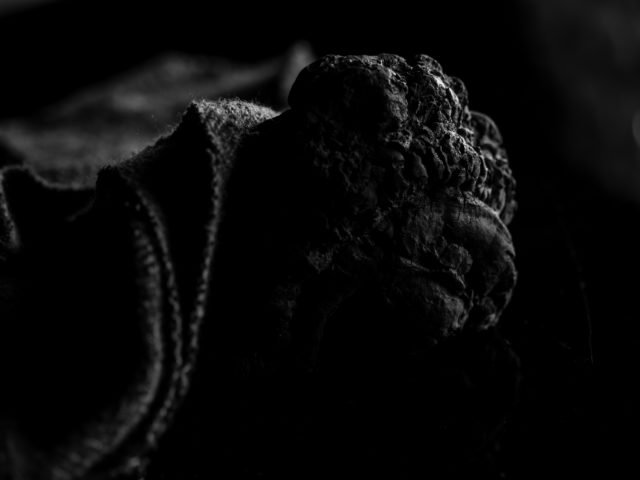


土壁のようにお互いの役割を素材によって補い合うということが、
この生地に用いたそれぞれの個性豊かな原料やたて糸とよこ糸のようで 「EARTH WALL」 の根幹をなしています。
– 混率 –
カシミア20% ウール23% 有機栽培綿 57%
As with each material supplementing another’s role for earth walls, materials with uniquely individual features as well as the intervention of warps and wefts make up the foundation for “EARTH WALL.”
– Material –
Cashmere 20% Wool 23% Organic Cotton 57%

Published at: 2021-08-26



